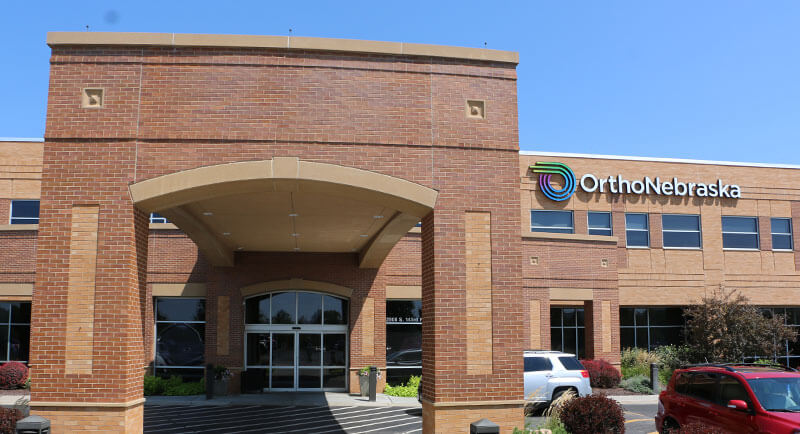What is a Ligament Repair?
The surgeon restores stability to the foot and ankle using one of several techniques, depending on the individual. The best option is to simple repair existing ligaments using stitches. Sometimes, the repair is made stronger by using other tissue, either from your own body or from a cadaver. In addition, this surgery can be performed via a microscope, open or both, depending on the patient and specific technique that you and your surgeon decide is optimal.
Who should have a Ligament Repair Surgery?
Unless a severe tear is indicated by MRI imaging, most people will see if the ankle will heal well enough on its own with rest, medication and physical therapy. For example, our surgeons would not recommend surgery after a basic ankle sprain. For some people, the lack of trust in their mobility after a torn ligament in the ankle or foot becomes enough of an issue for them to want a better solution: ligament repair surgery.
Does a Ligament Repair Work?
The results of surgery are related to the degree of the tear or injury. Long-term studies that look at these surgeries and patient satisfaction have shown that more than 90 percent of patients have a good or excellent outcome. The risk of re-tearing the ligament is low.
There are complications that relate to surgery in general. These include the risks associated with anesthesia, infection, damage to nerves and blood vessels, and bleeding or blood clots.
Some patients report longer-term but minor numbness around their incision and – to a lesser extent – other parts of the foot and ankle.
What can I expect when I have a Ligament Repair?
You may need a pre-surgical physical to make any necessary accommodations based on your health history. When you arrive at the hospital, you’ll speak to your surgeon and anesthesiologist. You may receive sedation and a nerve block to block pain from your foot. You will likely go home the same day, so you’ll need to plan on someone to drive you.
After surgery, a nurse will go over a recovery plan and exercises with you and your loved ones. Your foot will be in a hard cast and require elevation for at least a week to prevent swelling and help the wound heal. In post-op, a nurse will go over these things with you and your loved ones. Getting around can be difficult and driving may be a challenge, particularly if the surgery is on your pedal foot.
You will progress from no weight bearing in your cast, to partial weight-bearing in a removable walking boot, to a brace, based on the progress your doctor and physical therapist are seeing.
Full recovery where the foot and ankle feel 100 percent typically takes six to 12 months.







